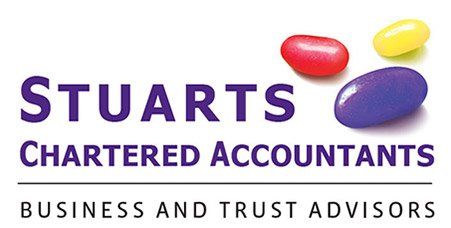Multiple employers fined after employee suffers life threatening injuries…
The District Court has fined multiple employers after their health and safety failures lead to an employee suffering life threatening injuries.
The injury occurred during a construction project which was operated by a lead contractor. Two sub-contractors were also involved in the project.
The victim, an employee of one of the sub-contractors, was undertaking instructions given to him. While undertaking the instructions heavy machinery gave out and the employee was pinned beneath it. The crush resulted in multiple life-threatening injuries and the employee was hospitalised for two weeks.
The Court found that:
The lead contractor and first sub-contractor had a duty to ensure, so far as reasonably practicable, the health and safety of their employees.
The second sub-contractor had a duty to, so far as reasonably practicable, consult, co-operate, and co-ordinate activities on-site with the other contractors.
Each company failed to take steps in relation to planning, communicating, executing and overseeing the health and safety systems on the worksite. The Court noted that these failings exposed the employees to a risk of serious injury or death.
The employers failed to ensure that the hazards and risks associated with the work were identified and assessed, they failed to provide and implement safe systems of work, and failed to ensure work operations were safe and effective. The contractors also failed to consult, co-operate with each other, and co-ordinate their work activities.
The second sub-contractor failed to supervise, monitor, and train their workers effectively for their work activities. The health and safety processes were also undocumented.
The Court described these failings as a, “…significant blind spot in their health and safety systems”, which lead to a “readily foreseeable” consequence. Effective safety measures could have been put in place at a cost-effective price to the employers.
The Court fined the lead contractor $400,000 and ordered the employer to contribute to $45,000 in reparations to the victim. The first sub-contractor was fined $10,000, and the second sub-contractor was ordered to contribute to the $45,000 in reparations to the victim.
It is vital to ensure that you are meeting your health and safety obligations, especially when there are multiple parties involved. If you are confused about your obligations, it pays to seek early advice from a professional with experience in the area.
Source: Rainey Collins Health & Safety Issues - May 2024


